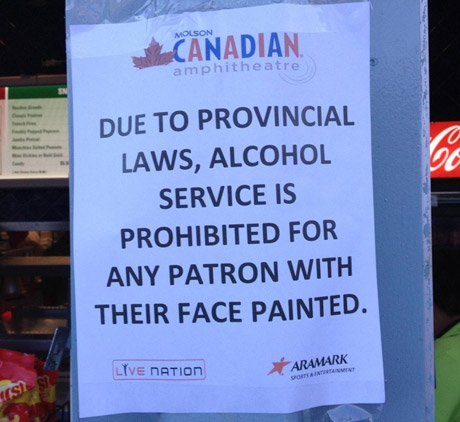Count me in for a fun road trip!!! Ipswich Ale Cask & Clam Week, May 8th-13th, 2017, is a week-long series of special events celebrating Ipswich’s clamming & brewing culture, culminating with the “Ipswich Ale Cask & Clam Fest” on Saturday, May 13th, at the downtown Ipswich Riverwalk area.
All proceeds from the Ipswich Ale Cask & Clam Fest will benefit local nonprofits that help with the conservation of clams and the clamming industry: Ipswich River Watershed Association, and the Green Crab R&D Project. “Ipswich is a town known for its clams, among many other things. When the brewery learned that a large portion of the clam beds in Ipswich were being wiped out by “green crabs”, an invasive coastal species, we knew this was an issue that wasn’t getting the attention it deserved. Can you imagine the North Shore without clams? We can’t, which is why we are proud to be partnering with these organizations that are taking action.” says Brewery Owner & President, Rob Martin.
Many of the week’s events will take place at the brewery’s onsite restaurant, the Ipswich Ale Brewer’s Table. The final event of the week, the Ipswich Ale Cask & Clam Fest, will take place at Ipswich’s downtown Riverwalk area. “To our knowledge, this is the first time that event attendees will be able to enjoy the beautifully restored Ipswich Riverwalk area with a beer in hand.” Commented Marketing Manager, Mary Gormley. The brewery also plans to have an adjacent section of downtown blocked off so event attendees can stroll from the main stage music area on the Riverwalk, to the seafood tasting pavilion and cask pavilion, and through the vendor area where the second music stage is located. Ipswich Tapmobiles will be pouring beer in multiple locations.
Summary of events for the week: Monday, May 8th- Saturday, May 13th A week-long photography exhibit, at the Ipswich Ale Brewer’s Table, featuring photos of local clammers, by Ipswich, MA based photographer Terri Unger.
Monday, May 8, 7pm-9pm: “Tales at the Table” Attendees will enjoy traditional cask ales and a hearty tavern dinner, in the private dining room at the Ipswich Ale Brewer’s Table, while listening to true tales of sword fights, scandalous romance, and bloody brawls, all from Ipswich’s storied past.
Tuesday, May 9, 7-8:30pm Green Crab Tasting & Panel Discussion, at the Ipswich Ale Brewer’s Table, featuring passed green crab hor d’oeuvres and cask ales. Panelists include: Ipswich Shellfish warden, Scott LaPreste, Roger Warner of the Green Crab R&D Project, and Wayne Castonguay, Executive Director of the Ipswich River Watershed Association.
Wednesday, May 10, 7-9pm “Paint & Sip Night” with the Wicked Art Bar at the Ipswich Ale Brewer’s Table.
Thursday, May 11, 7-8:30pm Flights and Bites: Cask Ale Night, with author and cask enthusiast, Randy Baril at the Ipswich Ale Brewer’s Table.
Friday, May 12, 7pm- 8:30pm “Meet the Clammers Clambake”, enjoy a clambake dinner prepared by the Ipswich Ale Brewer’s Table, and hear the exciting stories of four Ipswich, MA clammers.
Saturday, May 13th, 12-6pm Ipswich Ale Cask & Clam Fest, located in Downtown Ipswich, MA on the Riverwalk area and adjacent streets. Featuring live music on two stages, beer and food trucks, specialty cask ales, an oyster shucking competition, Seafood Tasting Pavilion, and activities for all ages. Not a seafood fan? A variety of food options will be available for purchase at the food trucks, including vegan, vegetarian, and gluten-free options. The Seafood Tasting Pavilion, which will be open from 12-3pm, will feature food samples from local restaurants competing for the judge’s and people’s choice awards. Participating restaurants will be encouraged to use green crab in their dishes. There is no fee for admission to this family friendly event. Sponsors of the Ipswich Ale Cask & Clam Fest include: Institution for Savings, EBSCO, New England Biolabs, Ipswich Shellfish Company, Tedford’s, and First Ipswich Bank.
For tickets to any of the week’s events or for more information on the first annual Ipswich Ale Cask & Clam Week, visit http://www.ipswichalebrewery.com/caskandclam.html.

